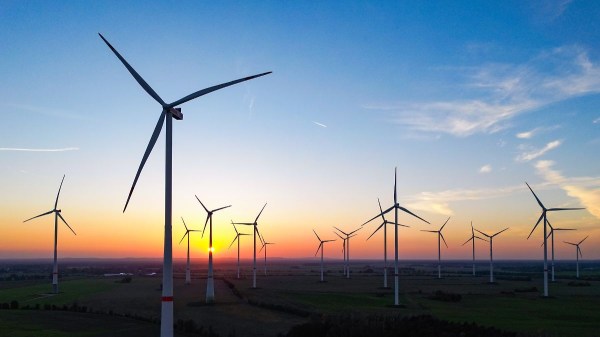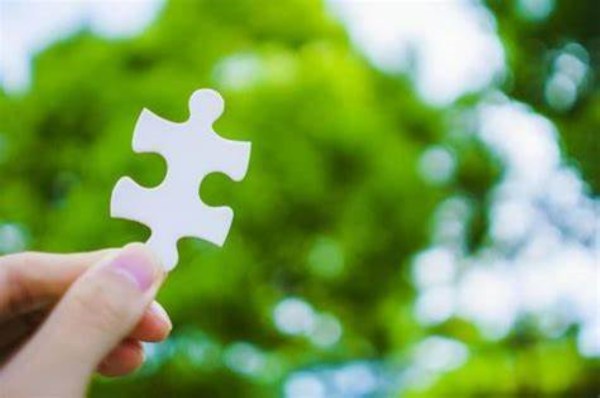In recent years, it has become an issue widely discussed by authorities and experts. However, the concept of green transition may not have enough impact on what it is. As it is a strategy for the future that affects the present, people and companies need to be aware of its main features, such as the role that technology will play or whether it is possible to do business within its limits.
What is the green transition?
The green transition is the time needed to implement the changes that will lead societies to achieve a sustainable way of life and so that human activity no longer endangers the planet. The important thing, or at least the most noteworthy, will be to determine precisely what strategies and actions should be conducted during the period considered as the limit in order not to reach a point of no return.
One of the latest reports issued by the United Nations Intergovernmental Panel on Climate Change (IPCC) made it clear that life in 2100 will be greatly altered if society does not change its relationship with the environment. Climate change is already a visible reality in many parts of the world. It is resulting in severe weather events and impoverished living conditions for millions of people.
Preventing such a situation from escalating and becoming completely irreversible is one of the commitments of today’s society. To this end, it is essential to implement plans to limit pollutant emissions and completely change the current way humans relate to the environment.
This is the context in which all possible tools must be sought to ensure that the green transition comes in time to reverse a lifestyle that is unsustainable in the long term and adopt one that ensures that human activity does not jeopardise its own future.
To this end, plans such as the 2030 Agenda have been proposed as a result of the Paris Agreement. The agreement contains more than a hundred measures adopted in this framework, almost all of which aim to reduce greenhouse gas emissions and prevent global temperatures from rising more than 1.5 degrees Celsius.
Is green entrepreneurship possible?
Eco-conscious entrepreneurship is not only possible, it is practically mandatory these days. Governments are offering numerous aids to pave the way for environmentally friendly companies and businesses, and the transformation of existing ones.
Entrepreneurship experts have identified five aspects that every company must take into account in order to start a business sustainably. They can be summarised as follows:
- Control and reduction of energy consumption and work materials.
- Optimisation of road journeys.
- Use of recyclable materials.
- Implementation of technologies for an optimal use of natural resources.
- Responsible control and treatment of waste.
These five principles do not necessarily require major changes in companies. For example, keeping heating and air-conditioning temperatures at average values or using LED bulbs, or creating sustainable mobility programmes through fleet management. All this can be done thanks to the connectivity of the Internet of Things, IoT.
Technology, an essential tool for the green transition
All along our path to making the transition to a more sustainable future, technology has a key role to play. It is possibly the most powerful and versatile tool available to society to curb climate change and its consequences. As the World Economic Forum indicates, technology and digitalisation could help reduce emissions by more than a third of the 50% proposed for 2030.
Digitalisation is already key to the energy transition and to achieving the measures needed to curb climate change, via technologies such as 5G, Big Data or Artificial Intelligence, which will empower the efficiency of industries and other services and open the door to the development of new services for a greener, more efficient and nature-friendly society.
It means reducing the use of certain materials such as paper, recycling a large number of materials, optimising the use of resources such as water or energy to meet real needs in areas such as industry, agriculture or urban environments, as well as infrastructure maintenance work, efficient mobility management or the construction of intelligent buildings and cities, the so-called Smart Cities.
The green and digital transition is essential to ensuring the planet’s short- and long-term well-being, and technology is essential to achieving the economic and social stability that will allow for continued growth without damaging the environment.










